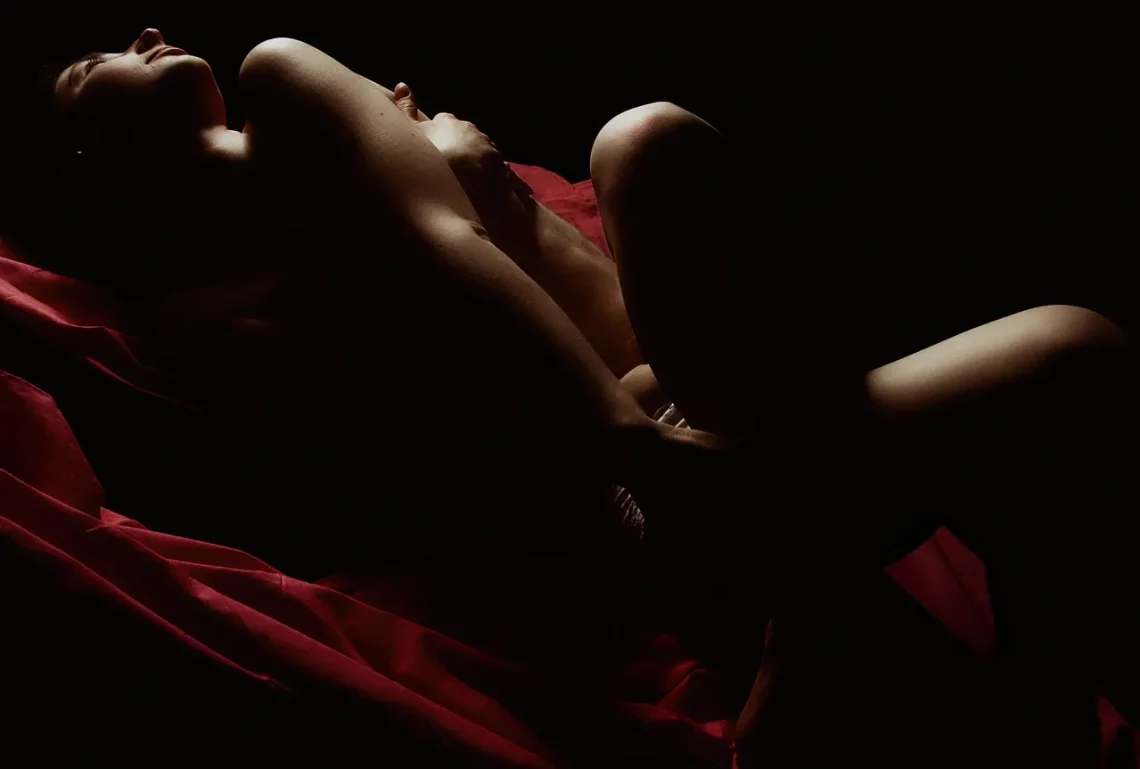
Exploring the Artistic Representation of Naked Men in Photography
The representation of naked men in photography has been a topic of intrigue and exploration throughout the history of art. This form of expression transcends mere nudity; it delves into the complexities of identity, vulnerability, and the human form itself. In a society where body image and masculinity are often scrutinized, the artistic depiction of the male nude offers a unique perspective on how we perceive ourselves and others.
Photography serves as a powerful medium for capturing the essence of the human experience, and the portrayal of naked men has evolved significantly over time. From the classical eras that celebrated the male form as a symbol of beauty and strength to contemporary works that challenge traditional norms, this genre continues to provoke thought and discussion. The artistry involved in photographing the male body is not solely about aesthetics; it is also about the narratives that these images convey.
This exploration encapsulates a wide range of emotions and themes, including intimacy, vulnerability, and empowerment. As we delve deeper into this topic, we will uncover the various artistic approaches and the cultural implications of depicting naked men in photography, revealing how these images resonate with audiences on multiple levels.
The Historical Context of Male Nudes in Art
The depiction of male nudes has a rich history that dates back to ancient civilizations. In cultures such as Ancient Greece, the male form was idealized, representing physical perfection and heroic ideals. Sculptors and painters celebrated the male body in a manner that conveyed strength and beauty. These works often served not only as artistic expressions but also as reflections of societal values regarding masculinity and aesthetics.
With the Renaissance, the focus on humanism brought about a renewed interest in the human body, including the male nude. Artists like Michelangelo and Leonardo da Vinci explored the anatomical precision and emotional depth of their subjects. Their works often portrayed men in dynamic poses, showcasing not only physical beauty but also the complexity of human emotion.
As we moved into the 19th and 20th centuries, the representation of naked men began to shift dramatically. The emergence of photography as an art form introduced new possibilities for capturing the human body. Photographers like Edward Weston and George Platt Lynes challenged traditional norms, using the camera to document the male figure in ways that evoked sensuality and intimacy.
Contemporary photographers continue to explore the male nude, often focusing on themes of vulnerability and self-acceptance. This evolution reflects broader societal changes regarding masculinity, body image, and the acceptance of diverse representations of male identity. The historical context of male nudes in art not only informs our understanding of these images but also highlights the ways in which cultural attitudes towards masculinity have transformed over the centuries.
The Artistic Techniques in Male Nude Photography
Photographing the male nude involves a multitude of artistic techniques that contribute to the overall impact of the image. Lighting, composition, and form play crucial roles in how the subject is presented and perceived. Each of these elements can evoke different emotions and interpretations, making them essential tools for photographers.
Lighting is perhaps one of the most critical aspects of nude photography. The way light interacts with the body can emphasize contours, create shadows, and highlight textures. High-contrast lighting can evoke a sense of drama and intensity, while soft, diffused light may impart a feeling of tenderness and vulnerability. The strategic use of lighting can transform a simple photograph into a powerful narrative, conveying the subject’s emotional state and inviting the viewer to connect on a deeper level.
Composition also plays a vital role in nude photography. The arrangement of the subject within the frame can enhance the overall message of the image. A close-up shot focusing on the details of the body can create an intimate connection between the viewer and the subject, while a wider shot may place the figure within a contextual environment, adding layers of meaning. Photographers often experiment with angles and perspectives to challenge the viewer’s perceptions and evoke a range of emotions.
The choice of backdrop and props can further enrich the narrative. Whether set against a natural landscape or a stark studio background, the environment can influence the mood and interpretation of the photograph. Photographers often use these elements to reflect themes of isolation, connection, or even celebration of the male form.
In contemporary practices, digital manipulation also allows photographers to explore new artistic dimensions. Techniques such as color grading, layering, and surrealistic adjustments can create striking visuals that challenge traditional representations of the male nude. This blending of technology and artistry opens up new pathways for expression, allowing photographers to push boundaries and redefine norms.
Cultural Implications of Depicting Naked Men in Photography
The cultural implications of depicting naked men in photography are vast and multifaceted. Such representations often reflect societal attitudes towards masculinity, sexuality, and body image. In many cultures, the male body has been subject to idealized standards that can create pressure for men to conform to specific physical ideals. This often leads to a narrow understanding of masculinity that excludes diverse expressions of male identity.
In recent years, there has been a growing movement towards inclusivity and body positivity in art, which has extended to the representation of naked men. Photographers are increasingly seeking to challenge traditional norms by showcasing a variety of body types, skin tones, and expressions of masculinity. This shift not only celebrates diversity but also encourages viewers to question their preconceived notions about masculinity and beauty.
Moreover, the portrayal of naked men often intersects with discussions around sexuality and desire. The sensual representation of the male body can evoke feelings of attraction and intimacy, while also addressing issues related to vulnerability and emotional expression. By portraying naked men in a way that emphasizes their humanity rather than objectifying them, photographers can foster a deeper dialogue about male sexuality and emotionality.
In different cultural contexts, the reception of male nudes can vary significantly. In some societies, these images may be celebrated as art, while in others, they may provoke controversy or discomfort. This disparity highlights the importance of understanding the cultural narratives surrounding the male body and the impact that these narratives have on artistic expression.
As society continues to evolve, so too will the conversation around the representation of naked men in photography. The ongoing exploration of masculinity, identity, and body image reflects a broader cultural shift towards inclusivity and acceptance. Through art, we can challenge stereotypes and foster a more nuanced understanding of the male experience.
Conclusion: The Future of Male Nude Photography
The future of male nude photography is poised for continued evolution as artists and audiences alike engage with shifting cultural narratives. As conversations around masculinity, body image, and representation become increasingly prominent, photographers will find new ways to explore and express these themes through their work.
Emerging technologies, such as virtual reality and augmented reality, may also play a role in shaping the future of this genre. These innovations could offer immersive experiences that challenge viewers’ perceptions and create new avenues for artistic expression. As photographers experiment with these tools, the boundaries of traditional photography may blur, leading to innovative representations of the male form.
Additionally, the rise of social media platforms has democratized the art world, allowing a diverse range of voices to emerge. This shift has enabled photographers from various backgrounds to share their perspectives and challenge established norms. As more artists contribute to the conversation around male nudity, we can expect to see a broader spectrum of representations that reflect the complexities of contemporary masculinity.
In conclusion, the artistic representation of naked men in photography is an ever-evolving dialogue that reflects societal changes and cultural attitudes. By continuing to explore and challenge conventions, photographers can contribute to a more inclusive understanding of the male experience, ultimately enriching the artistic landscape and fostering deeper connections between art and audience.
This article is for informational purposes only and should not be considered medical advice. Always consult with a healthcare professional for medical concerns or questions.




